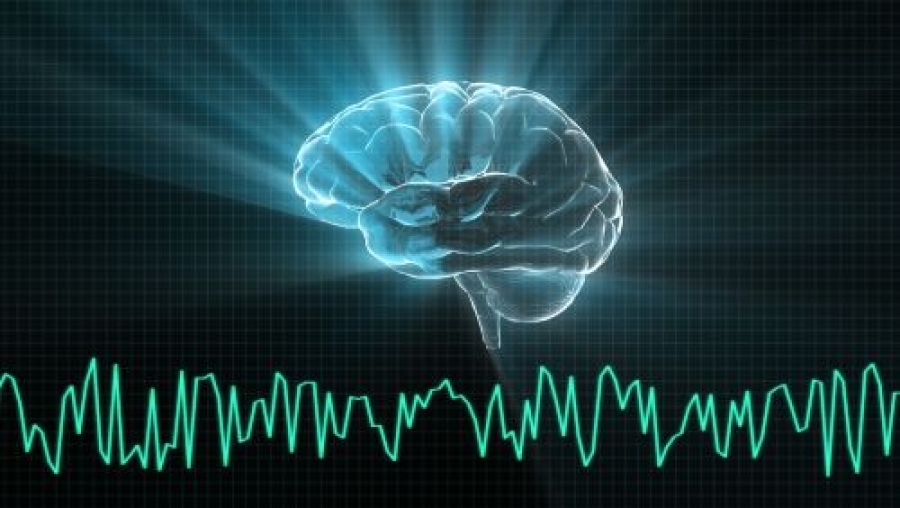Mental health is a complex and deeply personal issue and should therefore be approached and treated as such. Brain mapping is a cutting-edge technology that allows us to see how the different regions of the brain are functioning in real-time. By analyzing this data, clinicians can identify the specific areas of the brain that are contributing to a patient’s mental health issues and develop personalized treatment plans that target can these areas directly. Stay tuned as we look at how this therapy works, and the ways in which it’s being used to treat a range of mental health conditions.
What is Brain Mapping Therapy?
Brain mapping is a type of neurofeedback therapy that uses advanced technology to measure and analyze the electrical activity of the brain. The goal of this therapy is to identify any areas of the brain that are under or over-performing.
When a patient undergoes a qEEG brain map session, they wear a tight-fitting cap that uses electrogel, a conductive agent, with electrodes placed in specific locations. The electrodes then analyze neural pathways to create a map of their brain. This brain map analysis can provide valuable insights for developing a personalized treatment plan.
Building Effective Personalized Mental Health Care
By using this therapeutic technique, we can identify the specific regions of the brain that are causing mental health problems and develop targeted treatments to address them. It can also be helpful in identifying early signs of mental health problems before they become more severe. By monitoring changes in brain activity over time, clinicians may be able to detect the onset of mental health conditions and intervene early to prevent them from worsening. By working together with the patient, we can develop innovative solutions that consider the unique needs and experiences of each person.
We Have a Brain Map, Now What?
When the mapping sessions have concluded and key areas are identified, the next logical step may be to have the individual undergo neurofeedback and/or biofeedback therapy. Neurofeedback is a brain training program. It uses feedback to create new neural pathways, brainwave activity, and flexibility within the brain. Biofeedback primarily focuses on measuring and training physiological responses that can be consciously controlled, such as heart rate, muscle tension, and skin conductance.
Both methods are highly effective at helping to treat mental health concerns at the source of the issues. By gaining knowledge about our brainwaves, we have the ability to enhance our cognitive abilities and performance in different activities.
Cases Where Brain Mapping Therapy Can be the Most Helpful
A brain map is a great starting point for anyone looking for support and guidance to improve their performance or achieve their optimal self. This technology is especially useful for those struggling with symptoms of disorders such as anxiety, depression, or ADHD. This approach to mental health treatment has many advantages including:
- Non-invasive nature
- Drug-free treatment options
- Custom programming
- Addresses underlying problems
Even if you are not seeking to specifically treat a mental health condition, a brain map can be a useful tool for anyone wanting to improve their cognition and unlock their full potential.
Try Brain Mapping for a Personalized Treatment Approach at Braincode Centers
At Braincode Centers, we understand that every brain is unique. That’s why we offer brain mapping therapy to create a personalized treatment approach for each individual. Our state-of-the-art technology and experienced team provide targeted solutions for a range of conditions, from anxiety and depression to ADHD and traumatic brain injury.
Schedule a free consultation to discuss how we can help unlock your brain’s potential and improve your quality of life.

